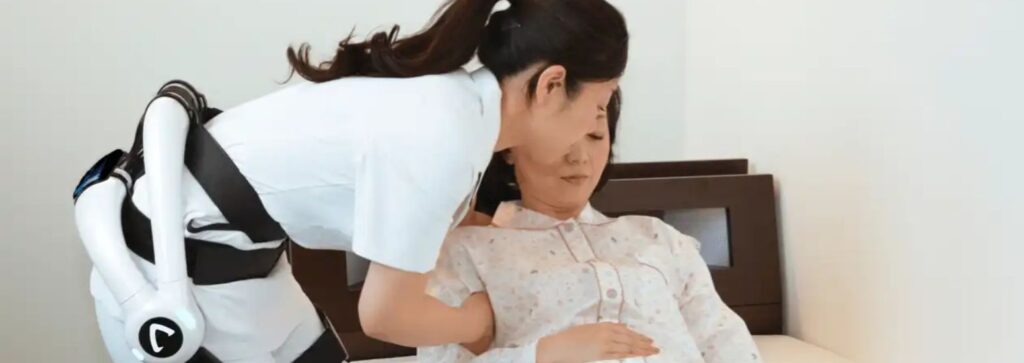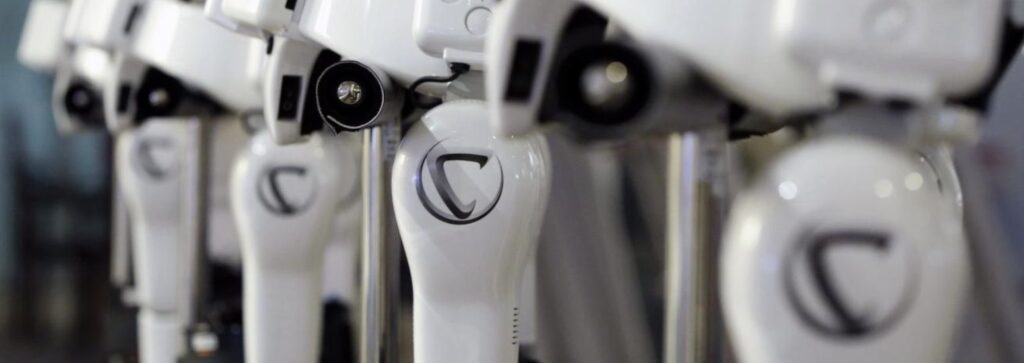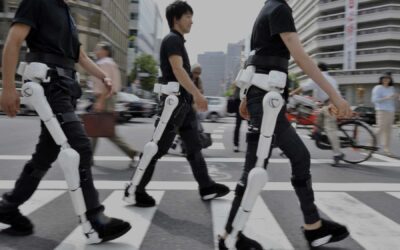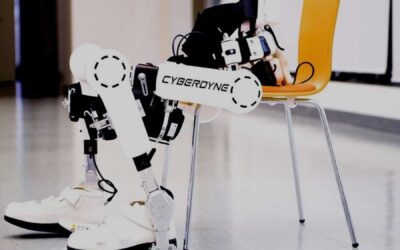Being in pace with the latest technology is essential in the healthcare industry. With advancements in healthcare and other technologies, India is speeding towards better medical facilities.
Let’s understand the treatment:
HAL’s principle

HAL controls the power unit according to the movements it recognises to assist the wearer in moving according to his or her intentions or even exerting more force than usual. HAL has two types of control systems that can be used together according to the conditions of the wearer.
Cyberdyne Treatment uses HAL to regenerate the function of the wearer
When a person moves the body, a signal from the brain is transmitted to the muscles through the nerves according to the intention of movement. At this time, weak bioelectric potential signals leak to the body’s surface.
HAL now detects the wearer’s bioelectric potential signal with a sensor attached to the skin and realises the action. The brain sends nerve impulses to the leg muscle while sensors on the patient’s skin register these impulses. HAL can read this signal and control the power unit to assist joint movement in unison with the person.
Using HAL, interactive biofeedback is promoted in and outside of the body between HAL, the brain, the nervous system, and the muscular system. The key to promoting functional improvement through Cyberdyne Treatment is not just transmitting voluntary command signals from the human brain to the musculoskeletal system via the spinal cord and peripheral nerves, but more so on the return of feedback from the sensation of actual movement to the human brain. The effect of this treatment method to promote functions of the lower limb, upper limb, and body trunk is being reported through clinical application.
The functional improvement technology using HAL is an innovative treatment technology that helps the improvement of human brain-nerve-musculoskeletal functions.
Rehabilitation using HAL
Mobile exoskeletons are increasingly being applied in the course of rehabilitation and provision of medical aids to patients with spinal cord injuries.

Robotics is a systematic examination dedicated to understanding & augmenting analysis with the use of robotic devices. The use of such kinds of robots provides expansion in the use of e advanced devices tailored for assisting the various sensor motor functions (e.g. hand, arm, leg, and ankle), assessment of sensorimotor performance, and the ability to move.
The use of mobile exoskeletons is becoming more and more common in the field of spinal cord injury (SCI) rehabilitation. The hybrid assistive limb (HAL) exoskeleton provides tailored support depending on the patient’s voluntary drive. It eventually helps ambulatory movements.
Rehabilitation robots in physical therapy are suggested to have extensive application prospects.
Patient Testimonial
‘This revolutionary technology offers hope to people looking for rehabilitation & to many who are told they would never walk again.” Says Derrik – HAL Lower Limb.
The robotics industry is a growing field that has many opportunities to improve patient care. Log onto https://rehabmodalities.com/ for more info on Cyberdyne Treatments.
“HAL – Providing advanced neuro-robotic rehabilitation technologies for the well-being of patients around the world”



